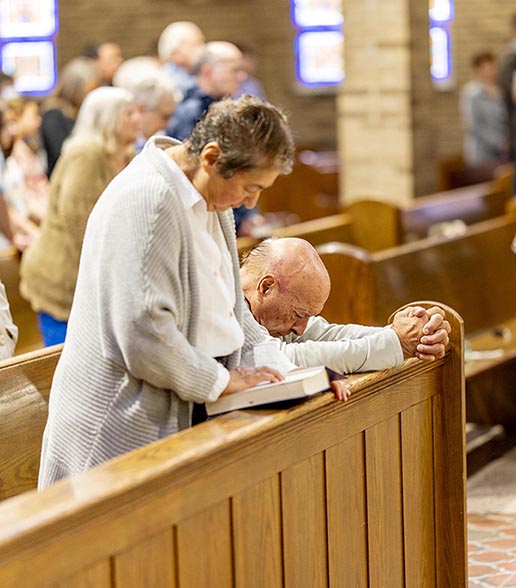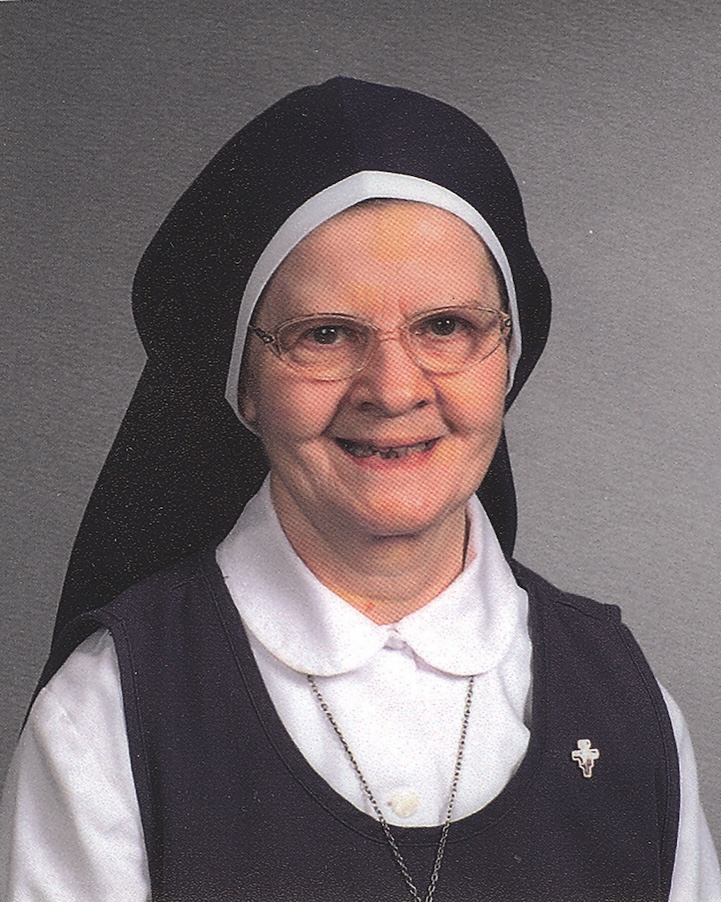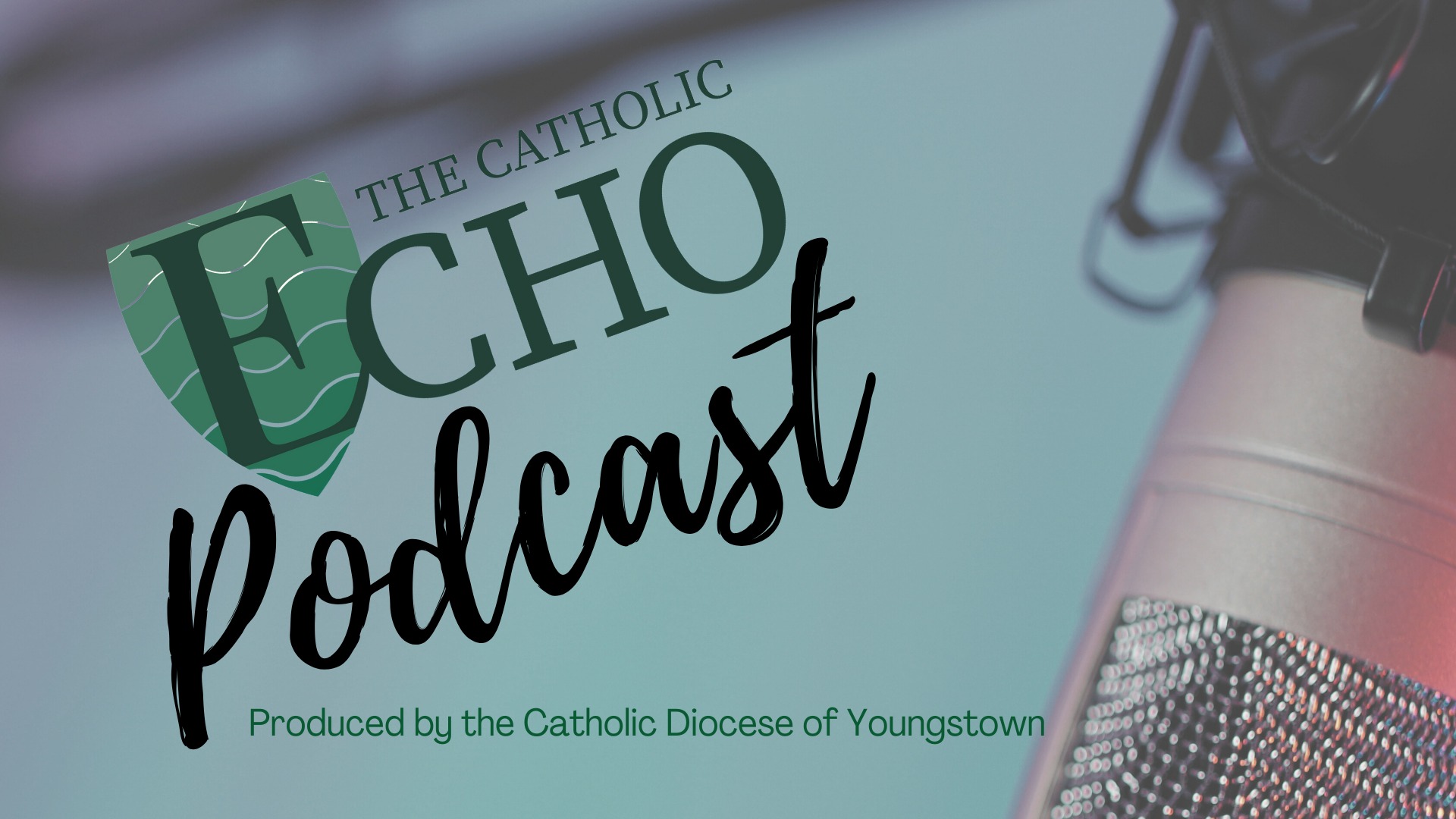
All Souls Day, November 2, is a day dedicated to praying for the faithful departed. It arose as a tradition during the 10th century, thanks to the Benedictine monks of Cluny, France, under the direction of Saint Odilo of Cluny, and was officially extended to the entire Church by Pope Benedict XII in the 14th century.
But how did this feast day emerge? In the first centuries of the Church, martyrs received prayers individually on the anniversaries of their deaths, but by the 7th century, there were so many martyrs and saints that it became commonplace to pray for them all on the same day—November 1, All Saints Day. Here, it is important to note that All Saints Day is a day to pray for all the souls in heaven—not just famous martyrs and those canonized by the Church. Those who are canonized are merely known to be in heaven. For example, when Pope Leo XIV canonized Saint Carlo Acutis and Saint Pier Giorgio Frassati earlier this year, he was essentially declaring that it is known that they are in heaven and can intercede with God on behalf of those here on Earth.
Back to All Souls Day. The thinking was that, if all saints and martyrs could be prayed for on the same day, why not extend that to all those who have passed away? And thus, the tradition was born. Common observances for the feast day include Masses offered for the deceased, a nine-day novena for the dead leading up to or directly after All Souls Day, and of course, the practice of visiting cemeteries.
But why do we need to pray for the dead? Isn’t their fate already decided? Well, yes. However, as is supported by Scripture and taught in the Catholic canon, souls usually require additional purification after death—otherwise known as Purgatory.
Importantly, Purgatory is not a “third place,” or an in-between. Souls that are in Purgatory will reach heaven. As was defined by the Council of Trent, which occurred between 1541 and 1563: “The souls of those who die in God’s grace, but still imperfectly purified … are helped by the prayers of the faithful, and especially by the acceptable sacrifice of the altar.”
This codification was not a sudden development, but more of a clear defining of what role Purgatory plays in salvation. The earliest sources that advocate for the necessity of praying for the dead come from the Old and New Testaments. First in 2 Maccabees 12:44-46, it is written: “If He were not expecting the fallen to rise again, it would have been superfluous and foolish to pray for the dead. But if He had this in view, that they who had fallen asleep in godliness might be loosed from their sins, it was a holy and pious thought. Thus He made atonement for the dead that they might be freed from this sin.”
Saint Paul also made allusions to purification after death in 1 Corinthians 3:12-15, writing: “The work of each will come to light, for the day will disclose it. It will be revealed with fire, and the fire itself will test the quality of each one’s work. If the work stands that someone built upon the foundation, that person will receive a wage. But if someone’s work is burned up, that one will suffer loss; the person will be saved, but only as through fire.”
The Catholic canon teaches that, by praying for the faithful departed, we can help to speed the purification process taking place in Purgatory—a belief deeply supported by Scripture and the teachings of the earliest Church Fathers.











